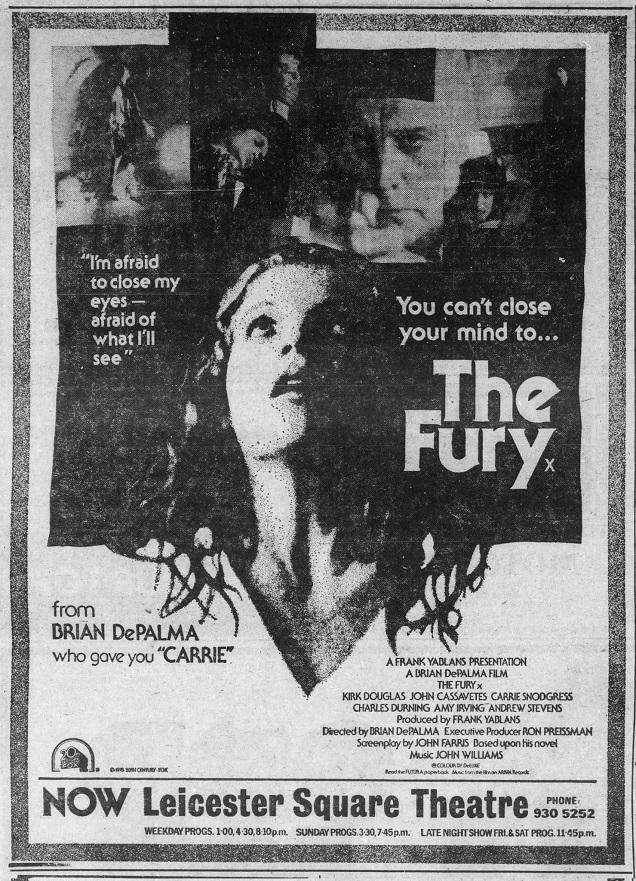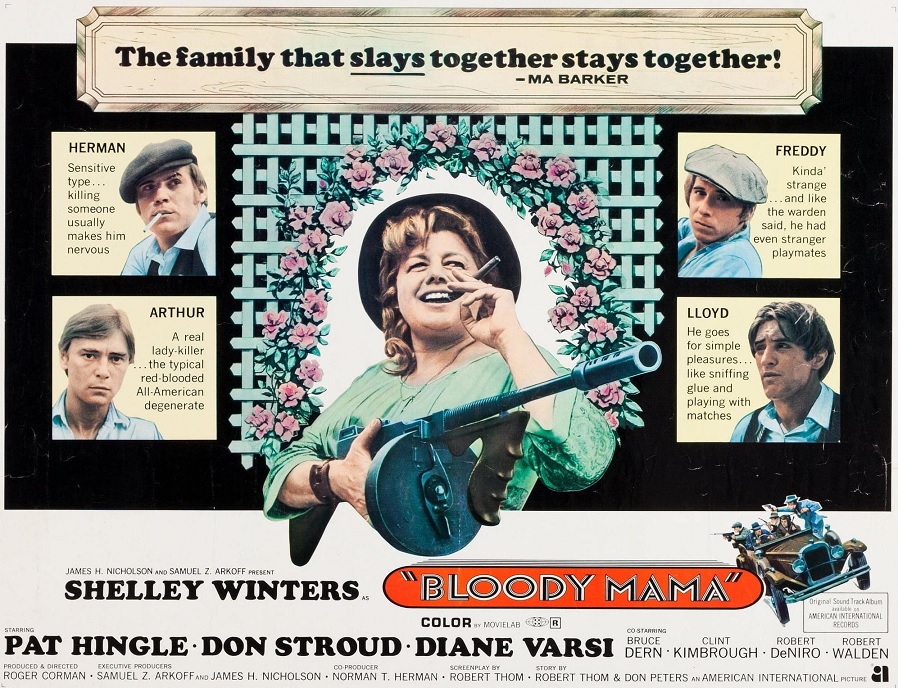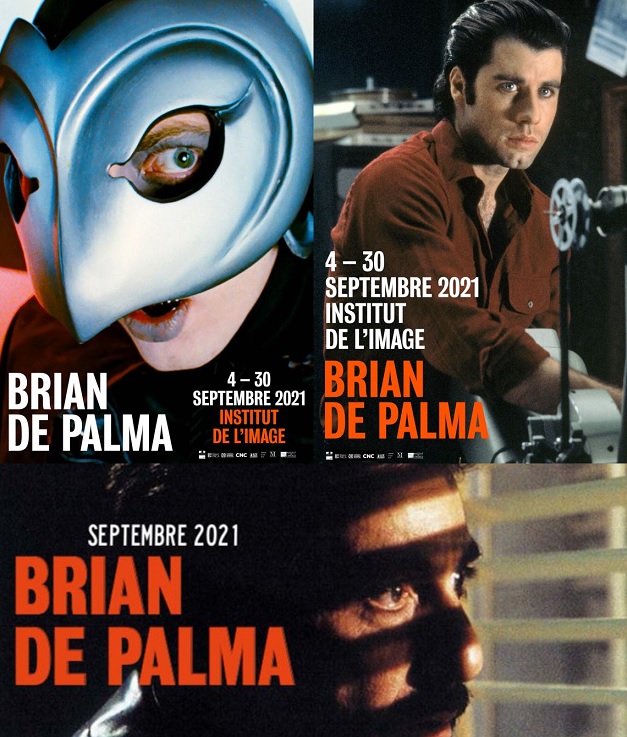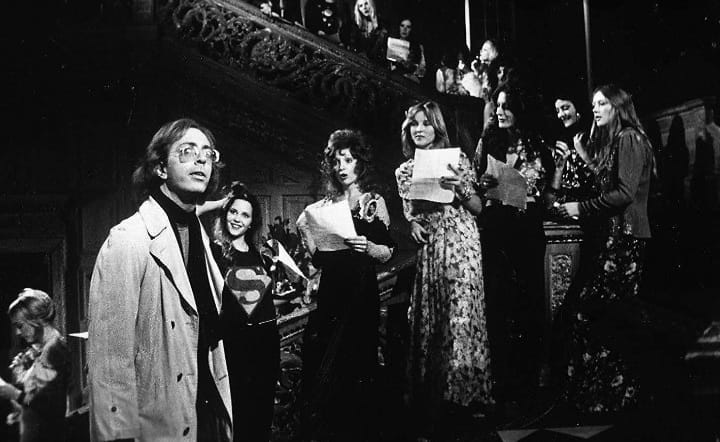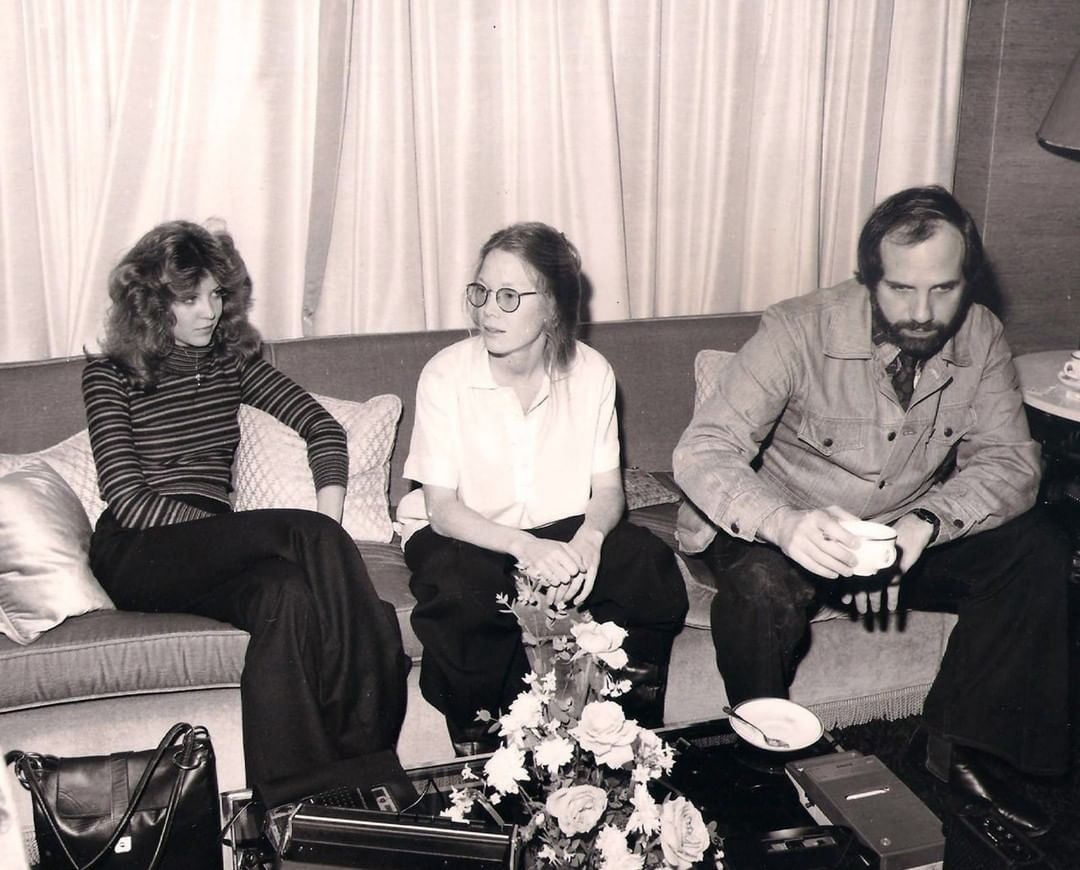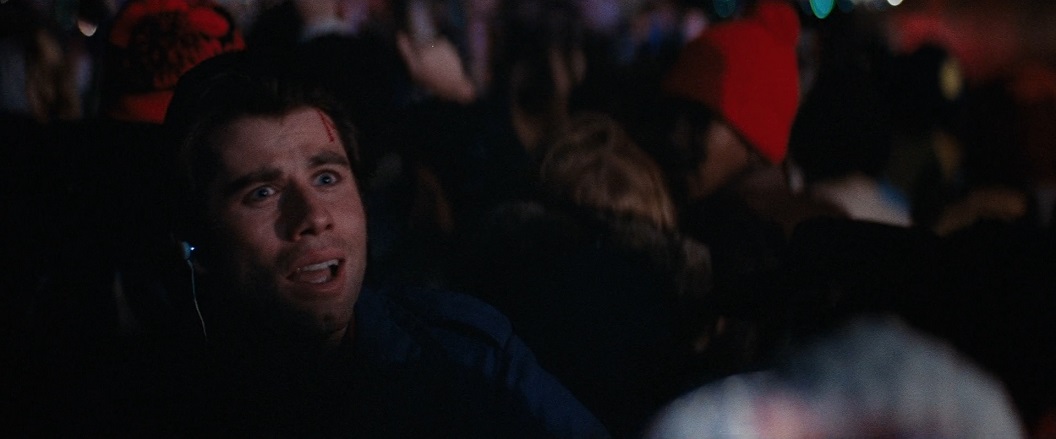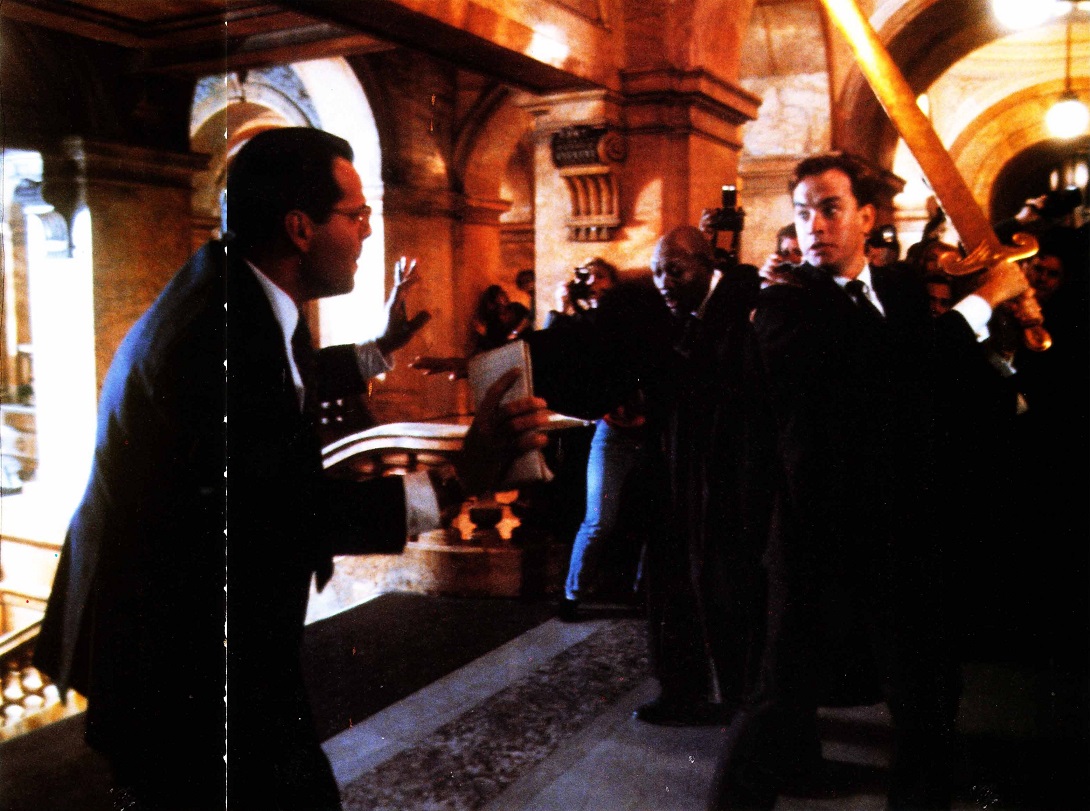THE SEMICIRCULAR BAY WINDOW IN 'OBSESSION'
INSIDE COL. SHORT'S VILLA, WHICH IS NOW OWNED BY SCOTT RODGER, MANAGER FOR PAUL McCARTNEY
Last week,
Nola.com's Kristine Froeba posted about a visit to the historic cornstalk fence house in New Orleans, also known as Col. Short's Villa, and which appeared in
Brian De Palma's
Obsession (1976). The house is currently owned by
Scott Rodger, who, according to Froeba, is "known in music circles as the successful manager and producer for artists including rocker
Paul McCartney and operatic tenor
Andrea Bocelli." More from Froeba's article:
The Henry Howard-designed house was built in 1859 by Col. Robert H. Short, on a tract split in 1832 from the Livaudais Plantation. "These classic old New Orleans houses, big and small, you're often just the caretaker," said Rodger. "You know you're going to have your time for a while, but ultimately, you pass them on to someone else."
But with new ownership comes change.
A quick glance lets you know the new owner is not one to follow the design lead of the preservation set. The new interior is bold and eclectic, yet cohesive. It leans into several historical periods rather than recreating just one.
Memphis decorator Gwen Driscoll was selected to lead the revamp after Rodger purchased the home sight unseen in 2018.
"I'd seen a couple of projects that Driscoll had done here in town," said Rodger. "I chose her because her work isn't one particular style. She's just really great at interpreting what the individual owner wants."
Rodgers respects the period restoration work done by previous owners and mentions them often when discussing the house. The interior design, though, was simply not his style. In its latest incarnation, the house has become an homage to the talents of local artists and artisans, not the period in which it was built.
Local pop artist Ashley Longshore's vibrant work hangs in the kitchen above a diner banquette. Around the corner, the rouge-lacquered back stairs are adorned with a Clementine Hunter gallery — a nod to the South and the house's roots. From the front door to the back, Rodger's support of Louisiana artists is on display.
Beneath the double parlors' 19th-century arcade, now the music room, sits a streamlined Shinola turntable. It's here that Rodger spins the vinyl he produces or the classic albums he hunts in neighborhood record shops. Almost every piece of furniture and art has a personal story.
But it's Timorous Beasties, a contemporary Scottish textile and wallpaper firm located in Rodgers' hometown of Glasgow, that best encapsulates the Italianate mansion's new vibe. The firm, which describes its designs as both surreal and provocative, is featured prominently on both the house's walls and its soft furnishings. The sometimes multidimensional patterns run the gamut from pearlized branches to vibrant red brocades and pink aviary scenes.
On the other end of the spectrum, a bayou mural in ethereal muted gray and green tones by New Orleans artist Ann Marie Auricchio envelopes the center hall with its sweeping grand staircase. Its mist-covered cypress trees evoke a haunted effect and rise to the second-floor ceiling above the stairway. For continuity, the mural also covers the room's pocket doors, which lead to the dining room.
When opened, the doors reveal a startling transition to a scarlet-lacquered dining room. The dining table is itself a piece of art: wood and moss captured in resin from Mint in London. An antique bar reminds one of a chic club in Kensington.
The room is anchored with a window seat under a semicircular bay window added circa 1900. Rodger is quick to note that the window was featured in director Brian De Palma's 1975 New Orleans thriller "Obsession." It's one of many movie references that Rodger, a film buff, relates about the fixtures, decor and the house itself.


